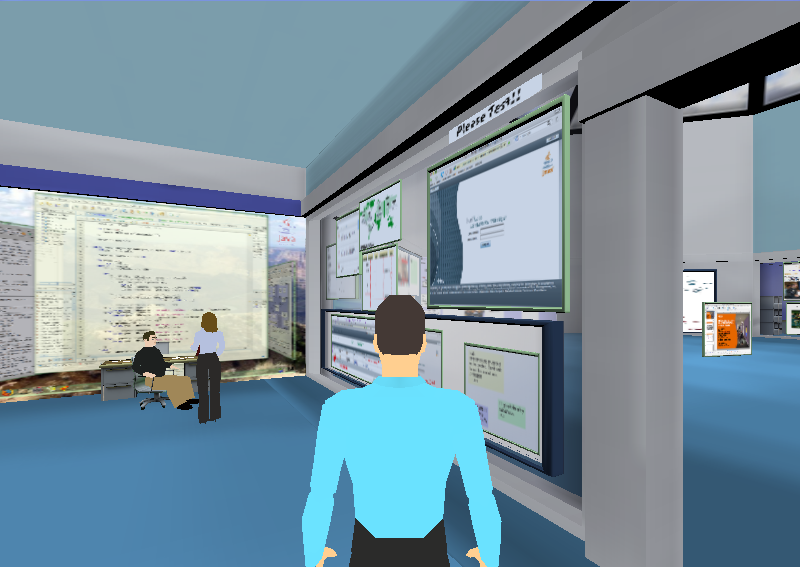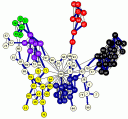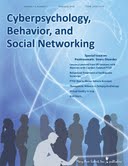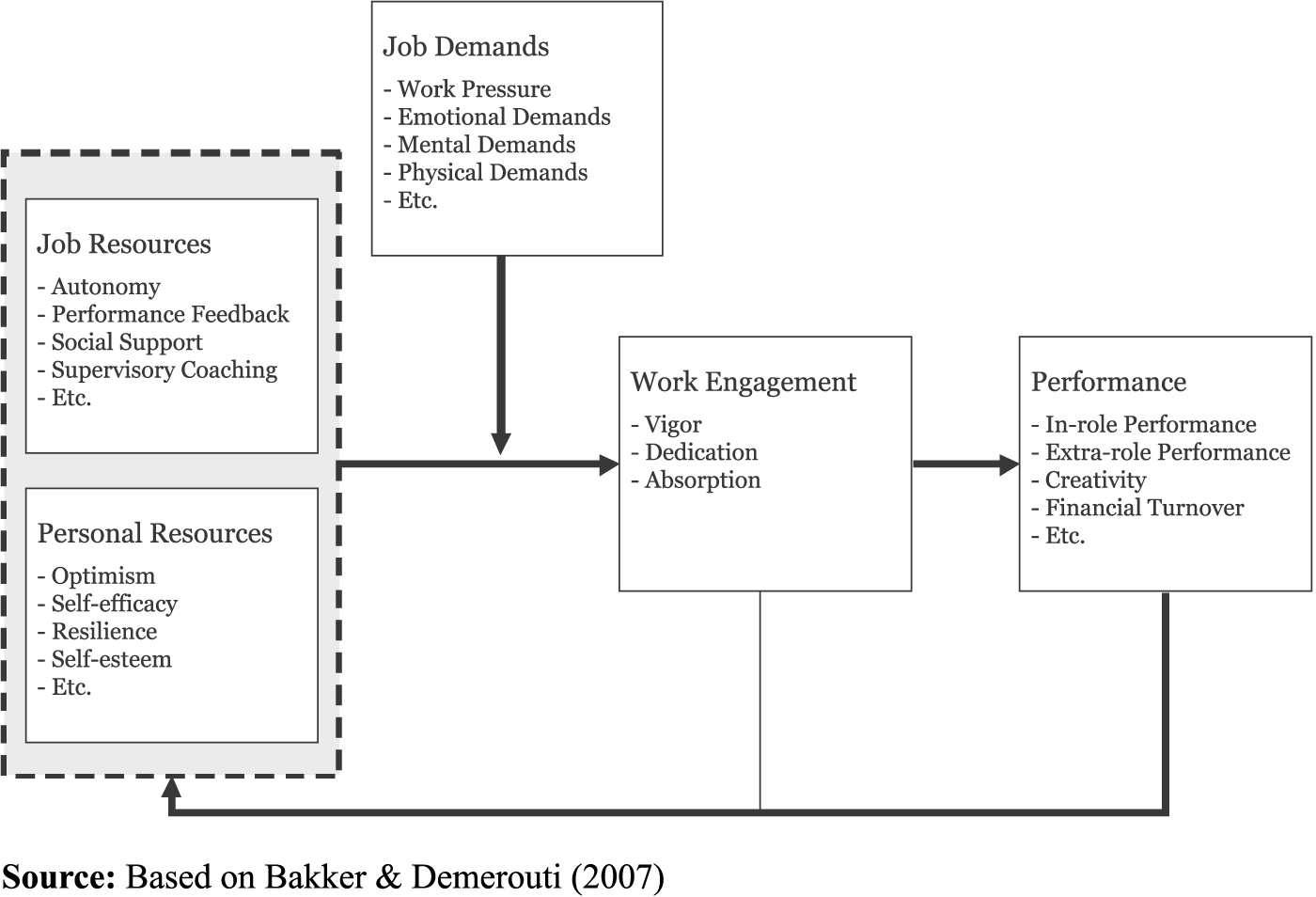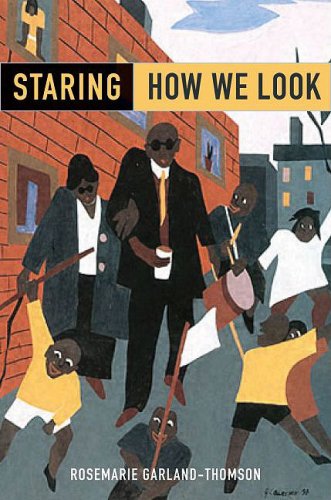Online Worlds as New Socio-Technical Systems
Tuesday, August 10th, 2010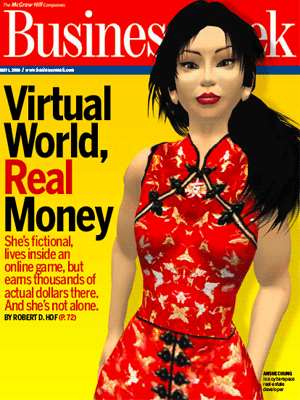 Online or virtual worlds such as Second Life and World of Warcraft are a new type of socio-technical system. They are technical platforms that provide computer-mediated social interactions of serious depth and breadth. Literally millions of people participate many spending in excess of 20 hours per week online. Users stay loyal for years. Some online worlds support virtual economies that spill over into real dollars. Over a billion real dollars have been spent on virtual goods, skills, experience points and level ups!
Online or virtual worlds such as Second Life and World of Warcraft are a new type of socio-technical system. They are technical platforms that provide computer-mediated social interactions of serious depth and breadth. Literally millions of people participate many spending in excess of 20 hours per week online. Users stay loyal for years. Some online worlds support virtual economies that spill over into real dollars. Over a billion real dollars have been spent on virtual goods, skills, experience points and level ups!
The opportunities for cognitive designers are vast. Testing new designs in a virtual world and using online worlds to tackle hard cognitive design problems (lasting behaviors change, knowledge worker productivity, product/service innovation, enhancing brain function) are two major areas of opportunities. Another is that online worlds have matured as socio-technical systems enough to offer some deep insights (design patterns) for cognitive designers. To get a taste for that I suggest you spend sometime in country. Join a community and earn some experience points.
 Another approach is to look at the growing literature. One of my favorites is Online Worlds: Convergence of the Real and Virtual. Chapter eleven reveals an important design pattern:
Another approach is to look at the growing literature. One of my favorites is Online Worlds: Convergence of the Real and Virtual. Chapter eleven reveals an important design pattern:
“Most MMOGs (massively multiplayer online games) attempt to foster interactions between their players by using a common template, which could be stereotyped as follows:
(1) the player creates a “level 1” character who enters the world with a limited set of abilities and equipment;
(2) the player is presented with “quests” (missions) to accomplish;
(3) successful completion of the objectives generates “experience points” (or any other similar reward), allowing the character to acquire more powerful abilities and/or equipment;
(4) (this is the most important design element) as a player gains in levels, quests become increasingly difficult to accomplish alone, reaching a point where a coordinated group of players is required to move further;
(5) the size of the group required, the length of the quests or dungeons, and the complexity of the encounters make it nearly impossible to succeed with an ad hoc group assembled on the spot, creating the need for more formal and persistent social structures: the guilds (or clans, teams, etc. in other game worlds).”
There are many ways a clever cognitive designer can put this to use even in the real world.
Interested to hear from readers with some significant virtual world time. What opportunities for cognitive designers do you see?
